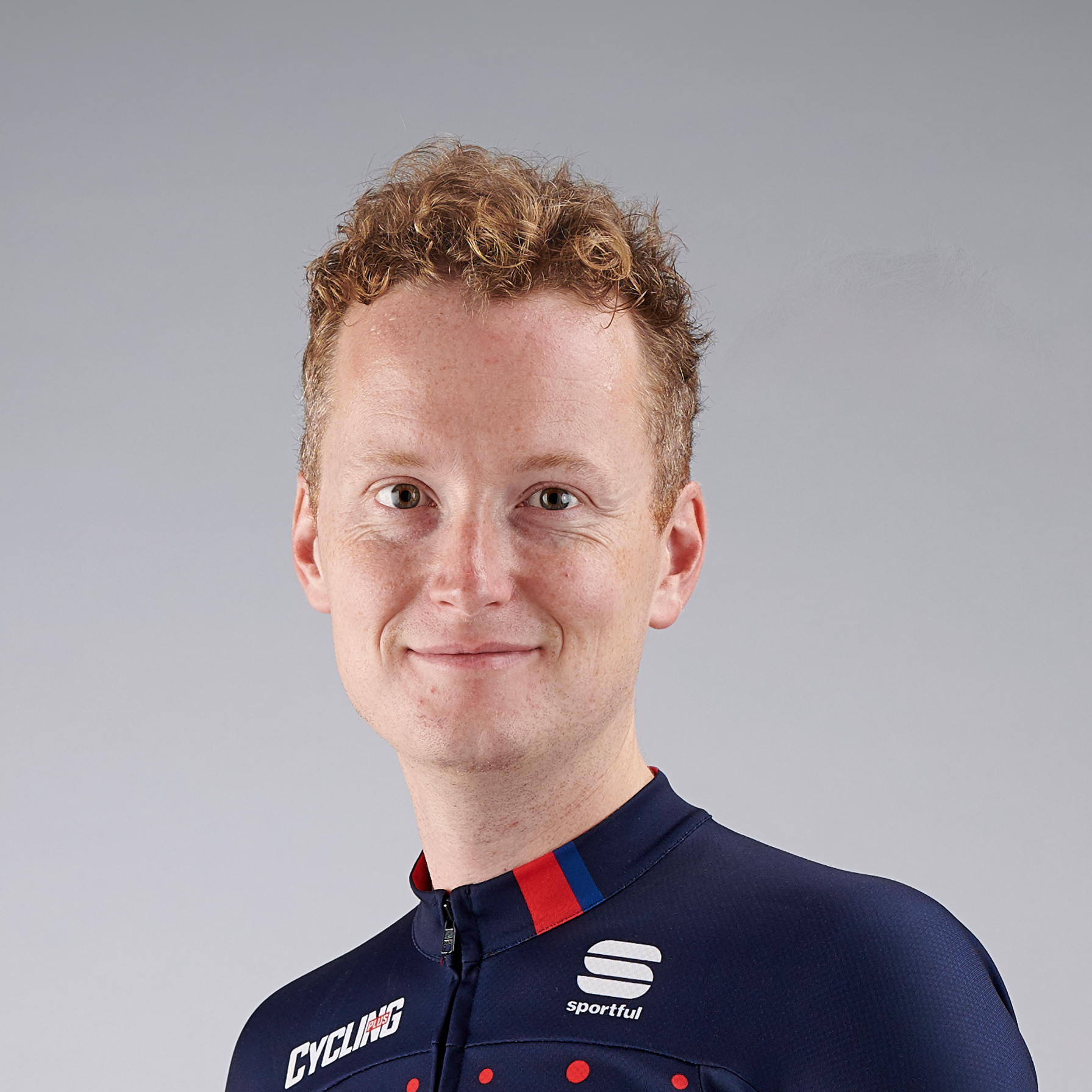Throughout the 2025 Tour de France, we'll be answering some of the most common questions we get asked each year about the race. Not the big overarching ones, such as 'who's going to win the race this year?', but the fascinating minutiae such as 'How do pro cyclists pee during a stage of the Tour de France?'.
To look at a lean Tour de France cyclist is to wonder how so much food can go through them. But it does – it has to, if they’re to meet the demands of racing in 2025.
According to Will Girling, who worked with EF Education as team nutritionist until this season, the riders will consume 8,000 calories on those biggest days.
While the science says 90 to 120g of carbohydrate per hour can be processed (at four calories per gram, that’s 480 calories), Girling has worked with riders who are able to process up to 200g (800 calories). Over a five-hour stage, 3,000 to 4,000 calories are being consumed, just in carbs.
There are other, off-bike strategies to get calories into the racers too. Calorie-dense foods manage this without them feeling full, while the moment riders cross the finish line, a process starts where food is going into them, both to help recovery and restock glycogen (the form in which the body stores carbs).
“You see a lot of sugary items being eaten – a lot of carbs for not much food,” says Girling. “You don’t see many vegetables being eaten!”
Gut instinct
Just as riding the Tour de France untrained after a long lay-off would be a terrible idea, so would trying to consume more than 100g of carbohydrate each hour on a mountain stage without having done so before.
The gut is trainable, just like a muscle, so if you want to be able to absorb and process more carbohydrates, you need to increase your intake slowly through training sessions and mimic your race consumption at home. Bloating, discomfort and even diarrhoea can result if you don't.
Fruits of low fibre

Foods that are high in fibre tend to be off the menu leading up to the biggest mountain stages. Low-fibre foods (such as white rice and pasta, and well-cooked veg without skins) are easier to digest and move through your small intestine faster.
Riders are able to digest food quickly, taking on the energy while shedding weight, because the weight of digesting fibre can add up.
A long-term strategy, it is not, however. Fibre is essential for gut health, so following such a diet outside targeted stages isn't wise.

